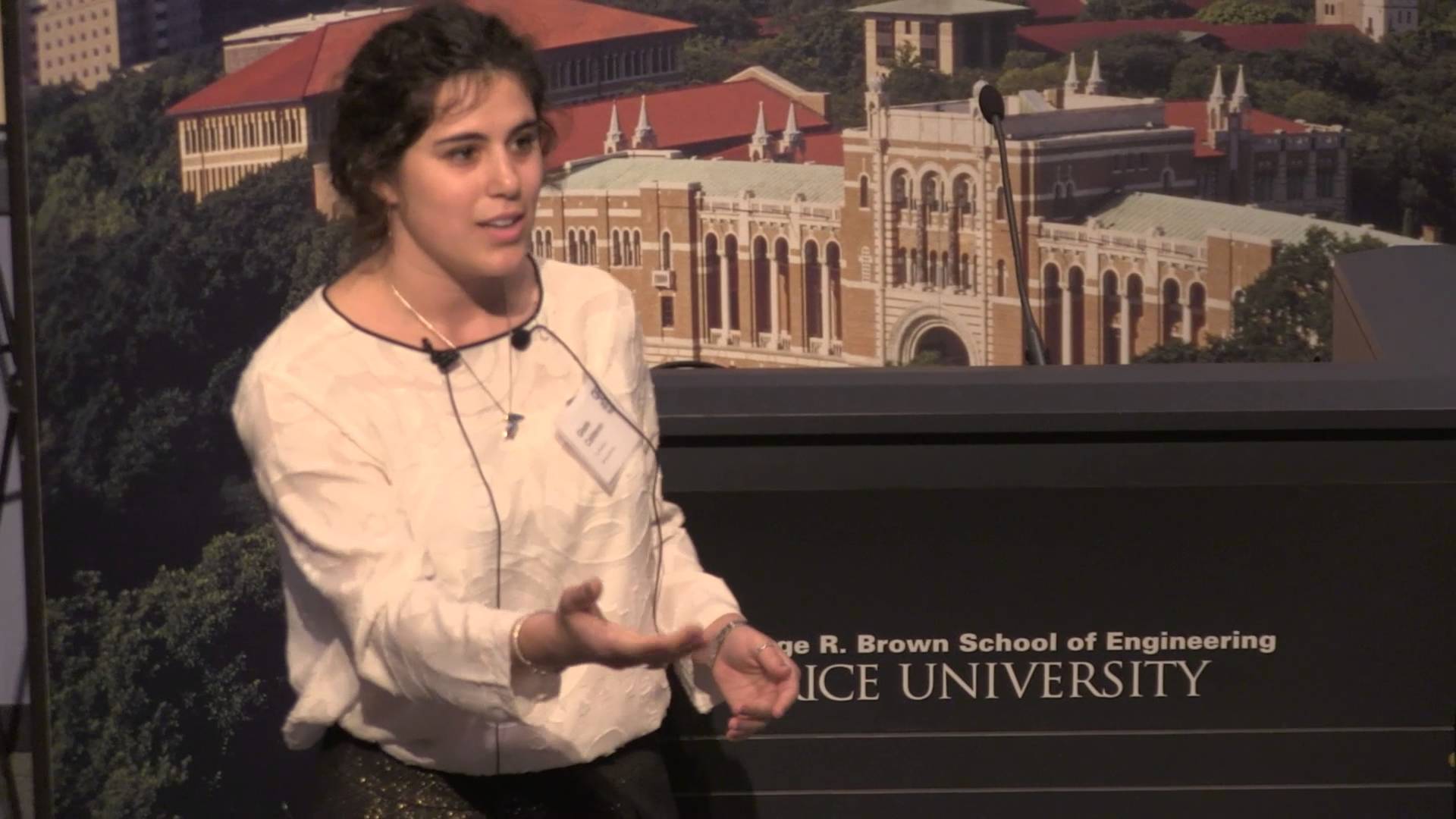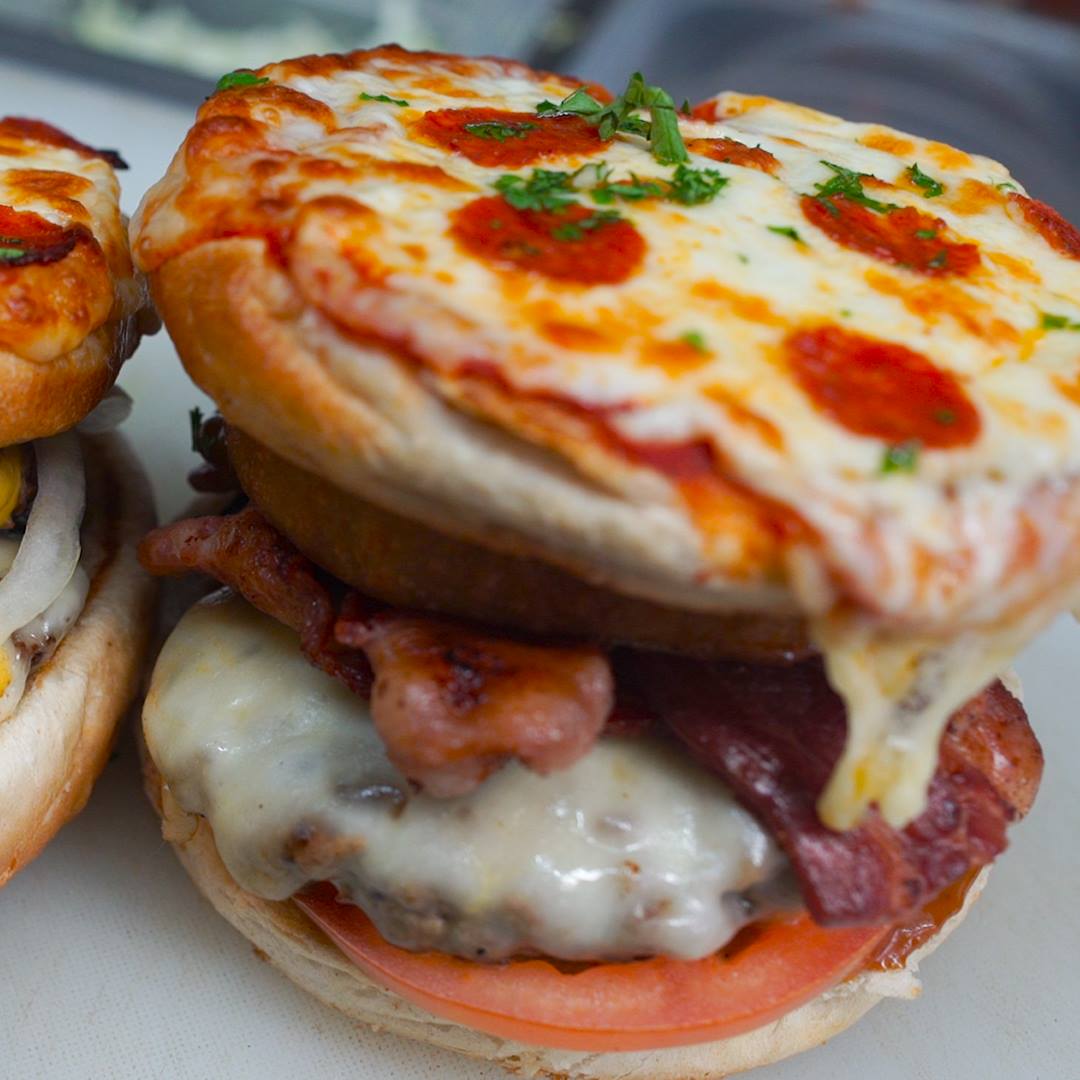Page 10005
Jul 17, 2017
Lab-grown capillaries are here, 3D-printed organs are just around the corner
Posted by Shailesh Prasad in categories: 3D printing, biotech/medical

Scientists have demonstrated a method for growing capillaries, the tiny vessels responsible for transporting blood around the body.
Jul 17, 2017
Synapses in the brain mirror the structure of the visual world
Posted by Shailesh Prasad in category: neuroscience
The research team of Prof. Sonja Hofer at the Biozentrum, University of Basel, has discovered why our brain might be so good at perceiving edges and contours. Neurons that respond to different parts of elongated edges are connected and thus exchange information. This can make it easier for the brain to identify contours of objects. The results of the study are now published in the journal Nature.
Individual visual stimuli are not processed independently by our brain. Rather neurons exchange incoming information to form a coherent perceptual image from the myriad of visual details impinging on our eyes. How our visual perception arises from these interactions is still unclear. This is partly due to the fact that we still know relatively little about the rules that determine which neurons in the brain are connected to each other, and what information they exchange. The research team of Prof. Sonja Hofer at the Biozentrum, University Basel studies neuronal networks in the brain. She has now investigated in the mouse model what information individual neurons in the visual cortex receive from other neurons about the wider visual field.
Jul 17, 2017
Epigenetics between the generations: Researchers prove that we inherit more than just genes
Posted by Shailesh Prasad in categories: biotech/medical, food, genetics
We are more than the sum of our genes. Epigenetic mechanisms modulated by environmental cues such as diet, disease or lifestyle take a major role in regulating the DNA by switching genes on and off. It has been long debated if epigenetic modifications accumulated throughout the entire life can cross the border of generations and be inherited to children or even grand children. Now researchers from the Max Planck Institute of Immunobiology and Epigenetics in Freiburg show robust evidence that not only the inherited DNA itself but also the inherited epigenetic instructions contribute in regulating gene expression in the offspring. Moreover, the new insights by the Lab of Nicola Iovino describe for the first time biological consequences of this inherited information. The study proves that mother’s epigenetic memory is essential for the development and survival of the new generation.
Humans have than 250 different cell types. They all contain the exact same DNA bases in exactly the same order; however, liver or nerve cells look very different and have different skills. What makes the difference is a process called epigenetics. Epigenetic modifications label specific regions of the DNA to attract or keep away proteins that activate genes. Thus, these modifications create, step by step, the typical patterns of active and inactive DNA sequences for each cell type. Moreover, contrary to the fixed sequence of ‘letters’ in DNA, epigenetic marks can also change throughout life and in responses to environment or lifestyle. For example, smoking changes the epigenetic makeup of lung cells, eventually leading to cancer. Other influences of external stimuli like stress, disease or diet are also supposed to be stored in the epigenetic memory of cells.
It has long been thought that these epigenetic modifications never cross the border of generations. Scientists assumed that epigenetic memory accumulated throughout life is entirely cleared during the development of sperms and egg cells. Just recently a handful of studies stirred the scientific community by showing that epigenetic marks indeed can be transmitted over generations, but exactly how, and what effects these genetic modifications have in the offspring is not yet understood. “We saw indications of intergenerational inheritance of epigenetic information since the rise of the epigenetics in the early nineties. For instance, epidemiological studies revealed a striking correlation between the food supply of grandfathers and an increased risk of diabetes and cardiovascular disease in their grandchildren.
Jul 17, 2017
For the first time in 99 years, all Americans will be able to experience a total solar eclipse
Posted by Shailesh Prasad in category: futurism
Jul 17, 2017
These new white roads can cool down entire cities
Posted by Shailesh Prasad in category: futurism
Jul 17, 2017
These researchers used an Xbox Kinect to 3D scan a T-Rex skull
Posted by Shailesh Prasad in category: futurism
Jul 17, 2017
This concept will allow you to quickly deliver anything within a city!
Posted by Shailesh Prasad in category: futurism
Jul 17, 2017
The Former Secretary of Defense Outlines the Future of Warfare
Posted by Derick Lee in categories: futurism, military
Two years ago, Barack Obama appointed a new Secretary of Defense, Ashton Carter—a technocrat physicist, an arms control veteran, and a professor at Stanford—to help close this divide. During his tenure, Carter set up a virtual outpost in Silicon Valley. He worked to make it easier for tech companies to sell things to the Pentagon, for their engineers to work there, and for their bosses to offer up advice. He even let WIRED tag along and write a profile of him. He also impressed the local royalty. “He’s been amazing,” Ben Horowitz, the co-founder of Andreessen Horowitz, told me in an interview.
The former Secretary of Defense built a bridge between tech and the Pentagon. Here, he talks about its importance in an uncertain time.

















